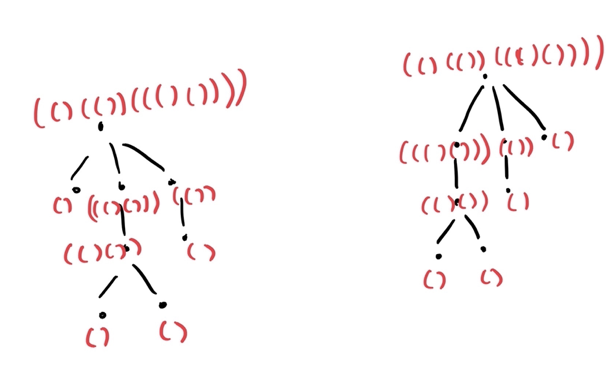It seems like on Codeforces API, everybody has zero contribution, even if in reality, they have positive contribution. For instance, if you take a look at the list of rated users, jiangly appears to have contribution 0, when in reality his contribution is over 100. The same goes for other users like tourist, um_nik, and so forth.
I think this should be an easy thing to fix. Would appreciate if it gets fixed :).








 are isomorphic because we can relabel the nodes. If you want a more rigorous definition, then two trees $$$T_1 = (V_1, E_1)$$$ and $$$T_2 = (V_2, E_2)$$$ are isomorphic iff there exists a $$$\phi$$$ for which $$$\phi(E_1) = E_2$$$ and a $$$\phi^{-1}$$$ for which $$$\phi^{-1} (E_2) = E_1$$$.
are isomorphic because we can relabel the nodes. If you want a more rigorous definition, then two trees $$$T_1 = (V_1, E_1)$$$ and $$$T_2 = (V_2, E_2)$$$ are isomorphic iff there exists a $$$\phi$$$ for which $$$\phi(E_1) = E_2$$$ and a $$$\phi^{-1}$$$ for which $$$\phi^{-1} (E_2) = E_1$$$. 



